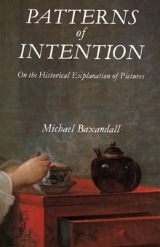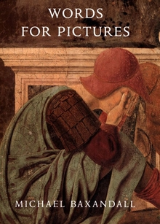Könyvajánlók
The Mighty Book of Boosh
Fielding, Noel
A The Mighty Book of Boosh egy nagyon sokszínű és
hihetetlenül vicces könyv, leginkább azok fogják érteni, akik látták a The
Mighty Boosh című brit szürreális vígjáték-sorozatot. A könyv azok számára lesz
élvezhető, akik vevők az igazán elvont brit humorra.
tovább >>>
A költő felesége
Stonehill, Rebecca
A spanyol környezetben játszódó történet egy család életébe enged bepillantást, akiknek a hétköznapjaiba betolakszik a háború. A szabad szellemű Luisa és Eduardo, az ifjú költő egymásba szeretnek, és eltéphetetlen kötelék szövődik közöttük. Az udvar mögött, egy dombtetőn áll a Carmen de las Estrellas villa. Ennek falai között él egyre gyarapodó családjával Eduardo és Luisa, de a közelgő háború fenyegető árnyékot vet a ház lakóira.
tovább >>>
Szívszelidítő
Sendker, Jan-Philipp
avagy a szeretet, a megbocsátás és a szabadság ereje
tovább >>>
Meggyőző érvek
Austen, Jane
Sok lányhoz hasonlósan számomra is maghatározóak voltak a Jane Austin művek romantikája. Sokáig úgy gondoltam, hogy az idilli élet képei miatt tudok belefeledkezni a történeteibe, de csak később jöttem rá, hogy a különböző személyiségek megjelenítése és azok valósághű leírása az, ami magával ragad. A meggyőző érvek talán az egyik legérettebb Austen mű, a szereplők jellemrajza kidolgozott, sokszínű, valósághű.
tovább >>>
Hajnal a tiltott kertben
Susan, Abulhawa
„Alig tizenöt centire voltak egymástól, de ebben a tizenöt centiben benne volt közel húszévnyi idő, egy háború, két vallás, egy holokauszt, egy katasztrófa, két anya, két apa, egy sebhely és egy titok, mely lomha pillangó módjára verdesett a szárnyával.”
tovább >>>
Rubens, Van Dyck and the splendour of Flemish painting : [Szépművészeti Múzeum, Budapest, 30 October 2019 - 16 February 2020]
The main goal of the Rubens, Van Dyck and the Splendour of Flemish Painting exhibition is to highlight Peter Paul Rubens’s genius and the pivotal influence of his artistic output upon his age through works in our own collections and the loaned pieces, while showcasing the versatile, stylistically and thematically rich 17th-century Flemish painting, which developed from and alongside Rubens’ art.
Similarly to the Museum of Fine Arts’ other large-scale exhibitions, a richly illustrated catalogue containing studies and catalogue entries in Hungarian and English was made for this show with the participation of renowned foreign and Hungarian art historians.
Rubens, Van Dyck and the Splendour of Flemish Painting, Museum of Fine Arts, Budapest, 30 October 2019 – 16 February 2020
tovább >>>
Alapfokú szolfézstanítás a gyakorlatban
Papp Károlyné, Spiegel Marianna
A szerzők a zeneoktatás több területén és szintjén is sok évtizedes gyakorlattal rendelkező, kiváló pedagógiai eredményeket felmutató tanáregyéniségek, akik nemcsak a jó tanár, hanem a felkészült szakember példáját is mutatják.
Nehéz feladatot vállaltak, hiszen hasonlóan összegző, a magyar zeneoktatás filozófiai-pedagógiai alapjait tisztán felmutató, s ahhoz kapcsolódóan módszertani-gyakorlati utakat és összefüggéseket bemutató kötet – mondjuk ki: módszertankönyv – nem véletlenül hiányzik az elmúlt időszak kiadványai közül. Az a sokrétű tanári munka ugyanis, amelyet a szolfézstanítás igényel, nehezen összegezhető, rendszerezhető. A szerzők arra vállalkoztak, hogy az ismereteik és tapasztalataik szerinti legfontosabb zenepedagógiai alapelveket idézzék vagy megfogalmazzák, s ehhez kapcsolódóan rendszerbe foglalják a tanítás és a készségfejlesztés gyakorlati lehetőségeit...
tovább >>>
The limewood sculptors of Renaissance Germany
Michael Baxandall
“The half-century before 1525 saw the blossoming in south Germany of a remarkable school of limewood sculpture, largely devoted to the retable altarpiece. . . . This book is more than a work of art criticism or art history: it is a contribution to the broader social and cultural history of the German Renaissance.”—Bob Scribner, London Review of Books
“Baxandall’s multifaceted study of German limewood sculptors and sculpture prior to the Reformation is marked by a historical intelligence and intellectual liveliness too rarely found in the history of art. . . . An excellent illustrated catalog caps the work. A model of art historical synthesis and a significant methodological contribution.”—Library Journal
“[Baxandall has] written a book which is wide-ranging and brilliantly modern.”—Henri Zerner, New York Review of Books
“The Limewood Sculptors of Renaissance Germany
is not only a superlative performance by its author but is also a
superlative book. It offers an ambitious and provocative account of a
major period in German art and focuses on problems in social history and
in the history of art that will interest readers from other
disciplines. . . . Few readers could finish this book without being
impressed by its author’s erudition and sensitivity to his
subject.”—Bruce Boucher, Times Literary Supplement
tovább >>>
Tiepolo and the pictorial intelligence
Svetlana Alpers, Michael Baxandall
Tiepolo is a brilliant example of the specifically pictorial
intelligence. This book is both a study of his art and an argument for
fuller recognition of the peculiarities of the painters'
representational medium...
tovább >>>
Printing things : visions and essentials for 3D printing
ed. by Claire Warnier [et al.]
An inspirational and understandable exploration of the creative potential of 3D printing that introduces outstanding projects, key experts, and the newest technologies.
tovább >>>
Patterns of intention : on the historical explanation of pictures
Michael Baxandall
Distinguished art historian Michael Baxandall here discusses the historical understanding of works of art: how we can discover the intentions of an artist living in a different time and culture and to what extent we...
tovább >>>
Words for pictures : seven papers on Renaissance art and criticism
Michael Baxandall
The Italian Renaissance was a creative period for art criticism as well as for art itself. The early efforts to give verbal accounts of visual representations and their quality throw light not only on the art of the period but also on art criticism at any time...
tovább >>>
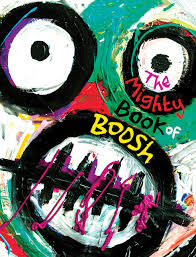
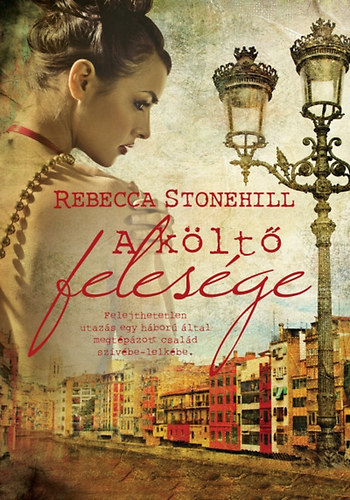
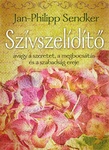
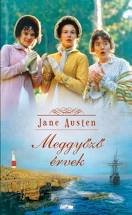

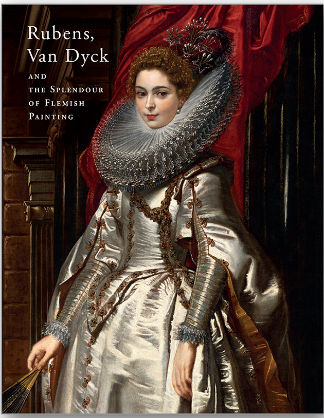

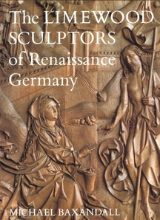
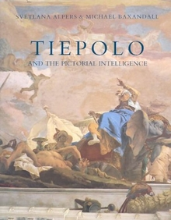
![ed. by Claire Warnier [et al.]: Printing things : visions and essentials for 3D printing](/upload/bookreview/1000/1508_src.webp)
